When my grandmother first taught me to bake bread, it was all about rich, dense loaves that filled the house with irresistible aromas. Years later, as my own daughter started helping in the kitchen, I found myself looking for low calorie bread recipe options that didn’t sacrifice that homemade taste we all love. What began as a health-conscious experiment has turned into a family passion. Now, three generations gather in my kitchen to create breads that are lighter in calories but still carry the soul-warming comfort that only fresh-baked bread can deliver.
Table of Contents
Table of Contents
Why You’ll Love These Low Calorie Bread Recipes
These recipes aren’t just about cutting calories – they’re about reimagining what bread can be while keeping all the things we love about it. My family has tested and perfected these recipes over countless weekends, and they’ve become staples in our home.
The beauty of these low calorie bread options is their versatility. You can enjoy a slice with breakfast, make a satisfying sandwich for lunch, or serve it alongside dinner without derailing your nutritional goals.
The recipes are incredibly straightforward, even for novice bakers. My daughter was able to help mix ingredients from age six, proving these low calorie bread recipes are truly accessible for all skill levels.
Most importantly, these breads still deliver that wonderful texture and flavor you expect. Even my grandmother, who was initially skeptical about “diet bread,” now requests these loaves when she visits!
Essential Ingredients Explained
The foundation of any good low calorie bread starts with quality flour. I typically use a mix of whole wheat and all-purpose to balance nutrition and texture. Greek yogurt replaces much of the fat in traditional recipes, adding protein while keeping calories down. Egg whites, minimal oil, and natural sweeteners like honey or maple syrup (in smaller quantities) round out the essentials.
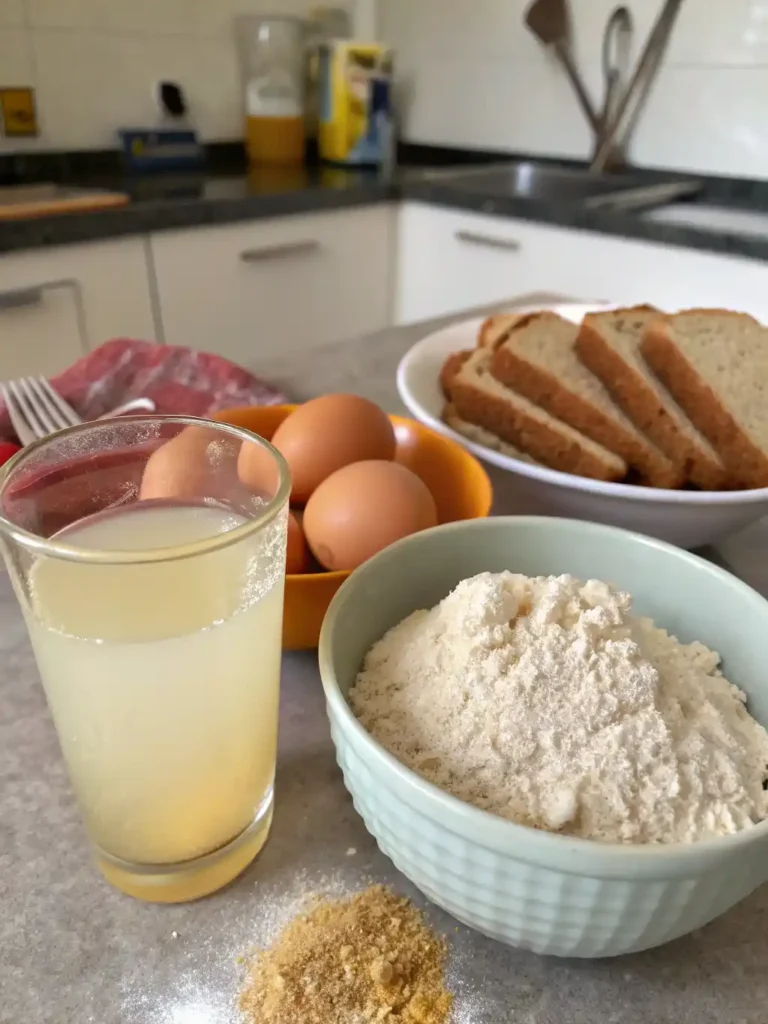
Quick Guide to Making Low Calorie Bread
The beauty of these recipes lies in their simplicity. You’ll mix dry ingredients first, combine wet ingredients separately, then bring them together gently. Avoid overmixing, which can develop the gluten too much and create a tough texture. Most of these lowest calorie bread recipes require just one rise before baking, making them practical for busy days when you still want homemade goodness.
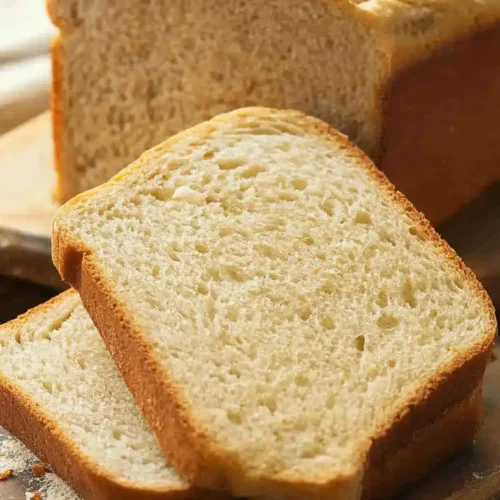
Low Calorie Bread: Healthy Homemade Recipes
Equipment
- Loaf Pan
- Mixing Bowl
- Measuring Cups and Spoons
- Kitchen Scale (optional but recommended)
Ingredients
For the Basic Low Calorie Bread
- 1 1/2 cups white whole wheat flour
- 1/2 cup all-purpose flour
- 1 tablespoon vital wheat gluten optional, helps with texture
- 2 1/4 teaspoons active dry yeast or 1 packet
- 1 teaspoon salt
- 1 tablespoon honey or maple syrup
- 1/2 cup plain non-fat Greek yogurt
- 1 tablespoon olive oil
- 1/2 cup warm water approximately 110°F
- 1 egg white
Instructions
Prepare the Dough
- In a large bowl, combine warm water, honey or maple syrup, and yeast. Let sit for 5-10 minutes until foamy.
- In a separate bowl, whisk together the flours, vital wheat gluten (if using), and salt.
- Add the Greek yogurt, olive oil, and egg white to the yeast mixture and stir to combine.
- Gradually add the dry ingredients to the wet ingredients, stirring until a dough forms.
Knead and First Rise
- Turn the dough out onto a lightly floured surface and knead for 8-10 minutes until smooth and elastic.
- Place the dough in a lightly oiled bowl, cover with a damp cloth or plastic wrap, and let rise in a warm place for 1 hour, or until doubled in size.
Shape and Second Rise
- Punch down the dough and shape it into a loaf. Place in a lightly greased 9×5 inch loaf pan.
- Cover and let rise for another 30-45 minutes, or until the dough has risen about 1 inch above the rim of the pan.
Bake
- Preheat your oven to 375°F (190°C) during the last 20 minutes of the second rise.
- Optional: For a crustier top, lightly brush the top with water.
- Bake for 30-35 minutes, or until the bread is golden brown and sounds hollow when tapped on the bottom.
- Remove from the pan and cool completely on a wire rack before slicing.
Notes
More low calorie recipes
Mastering Perfect Low Calorie Bread Every Time
The Right Flour Makes All the Difference
I’ve found that using a combination of whole grain flours with a small portion of all-purpose flour creates the best texture for low calorie bread. White whole wheat flour gives a lighter result than regular whole wheat while maintaining nutritional benefits.
Watch Your Liquid-to-Flour Ratio
My secret trick: Add liquid gradually until the dough feels right. Low calorie bread dough should feel slightly tacky but not sticky. The exact amount of liquid needed can vary based on humidity and flour type.
Proper Kneading Technique
Don’t rush the kneading process! About 8-10 minutes by hand creates the perfect structure. The dough should feel elastic and smooth when ready.
Allow Proper Rising Time
One mistake I made early on was rushing the rise. Even the best low calorie bread needs adequate time to develop flavor and texture. Look for the dough to double in size rather than following strict timing.
Temperature Matters
I preheat my oven for at least 20 minutes before baking to ensure it reaches the proper temperature. A too-cool oven is the enemy of good bread!
Fun Variations for Your Low Calorie Bread Recipe
Herb and Garlic Whole Wheat
Add 2 tablespoons of fresh chopped herbs (rosemary, thyme, or basil work beautifully) and 2 minced garlic cloves to your low calorie bread dough. This variation pairs wonderfully with soups and stews.
Cinnamon Raisin Oat
For a breakfast-friendly option, fold in 1/3 cup raisins and 1 tablespoon of cinnamon to your dough. I use oat flour for part of the dry ingredients in this variation, which adds natural sweetness without extra calories.
Seeded Multigrain
My grandmother’s favorite! Add 3 tablespoons of mixed seeds (sunflower, pumpkin, flax, and sesame) to create a nutrient-dense low calorie bread with wonderful texture and depth of flavor.
Zucchini Basil
During summer when zucchini is plentiful, I grate 1 cup into the dough along with fresh basil. This adds moisture and nutrition, making an even lower calorie bread that’s perfect with dinner.
Serving Suggestions to Elevate Your Bread
Transform your homemade bread into a complete meal with thoughtful pairings. For breakfast, I love toasting a slice of the best low calorie bread and topping it with mashed avocado and a poached egg. The protein and healthy fats create a satisfying meal that keeps me full all morning.
For lunch, use your bread for open-faced sandwiches with lean protein and plenty of vegetables. This cuts calories while still giving you that bread satisfaction.
In our house, we serve this bread alongside hearty vegetable soups or stews, using it to soak up all those delicious flavors without adding too many extra calories to the meal.
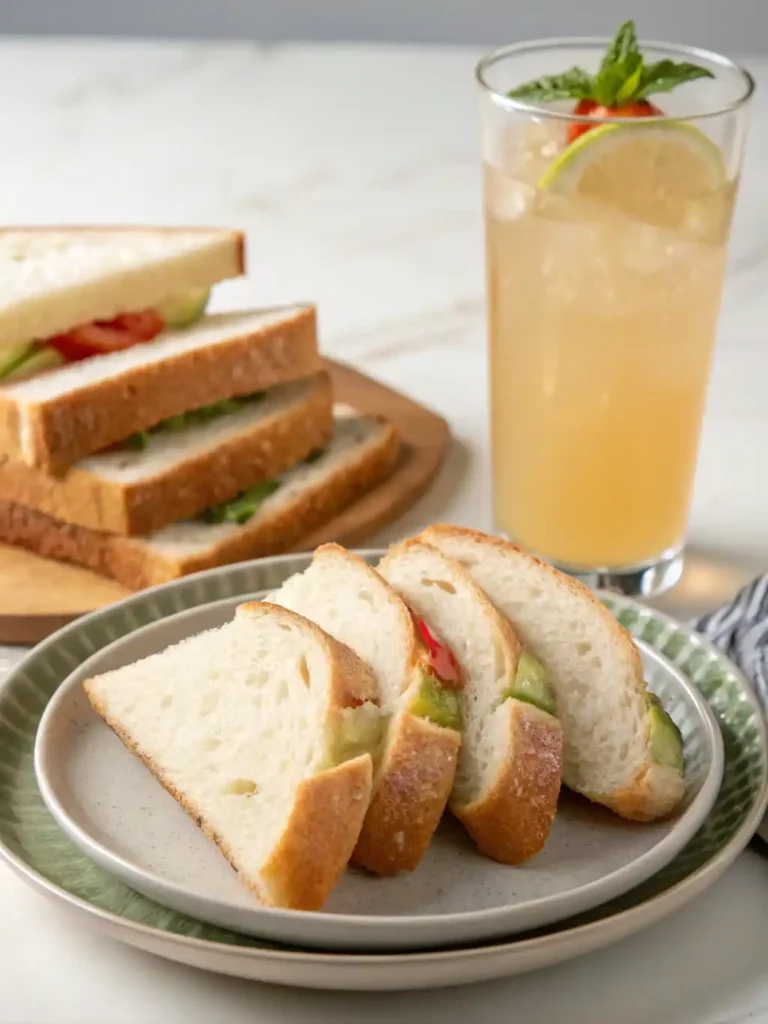
Storing and freezing low calorie white bread
Low calorie bread often lacks the preservatives found in store-bought options, so proper storage is crucial. I store mine in a breathable bread bag at room temperature for 1-2 days. For longer storage, slice the bread completely once cooled and freeze in a ziplock bag with parchment paper between slices.
To refresh slightly stale bread, I sprinkle it with a few drops of water and heat it in a 300°F oven for 5-10 minutes. This revives the crust and makes it almost as good as fresh-baked.
My quick tip for reheating frozen slices: pop them straight into the toaster! No need to defrost first, and they taste amazingly fresh this way.
Frequently Asked Questions
Is sourdough bread low in calories?
Traditional sourdough isn’t necessarily low calorie, but it does have benefits for weight management. The fermentation process makes nutrients more bioavailable and can improve digestion. A typical slice contains 80-100 calories, which is moderate compared to other breads.
Can I eat sourdough while trying to lose weight?
Yes, in moderation! Sourdough’s fermentation creates a lower glycemic response than other breads. The probiotics can improve gut health, which supports weight management. Just keep portions reasonable and choose whole grain versions when possible.
What’s the best bread to eat for losing weight?
Breads with whole grains, seeds, and minimal added sugars are best. Look for high fiber content (at least 3g per serving) and simple ingredient lists. The best low calorie bread options are often homemade, where you control exactly what goes in.
How to make banana bread low calorie?
Replace oil with applesauce or Greek yogurt, use less sugar (ripe bananas provide natural sweetness), and incorporate whole wheat flour. Egg whites instead of whole eggs and adding extra spices like cinnamon enhance flavor without calories.
Is gluten-free bread lower in calories?
Not necessarily. Many gluten-free breads contain more calories than regular bread because they use higher-fat ingredients like eggs and oils to improve texture. Always check nutrition labels, as calorie content varies widely among gluten-free options.
Nutritional Benefits Worth Noting
Beyond just being lower in calories, these bread recipes offer impressive nutritional advantages. The whole grains provide essential fiber that supports digestive health and helps maintain steady blood sugar levels. By making low calorie bread at home, you’re also avoiding the preservatives and excessive sodium found in many commercial options.
The protein content in these recipes is higher than traditional bread thanks to ingredients like Greek yogurt and seeds. This helps create a more satisfying eating experience that keeps hunger at bay longer.
For those watching their carbohydrate intake, these recipes offer a more balanced approach than typical bread. The fiber content slows digestion, creating a more gradual impact on blood sugar levels.
Time to Start Baking!
There’s something deeply satisfying about pulling a warm loaf of bread from the oven, knowing it’s both delicious and aligned with your health goals. These low calorie bread recipes have become more than just food in our household – they’re a way to connect three generations through the simple pleasure of baking together.
My daughter now proudly shares “her” bread with friends, while my grandmother admits these healthier versions rival her traditional recipes. Whether you’re looking to cut calories, add more nutrition to your meals, or simply enjoy the process of creating something wonderful from scratch, these recipes deliver on all fronts.
I’d love to hear how these low calorie bread recipes work in your kitchen and any creative variations you discover along the way!



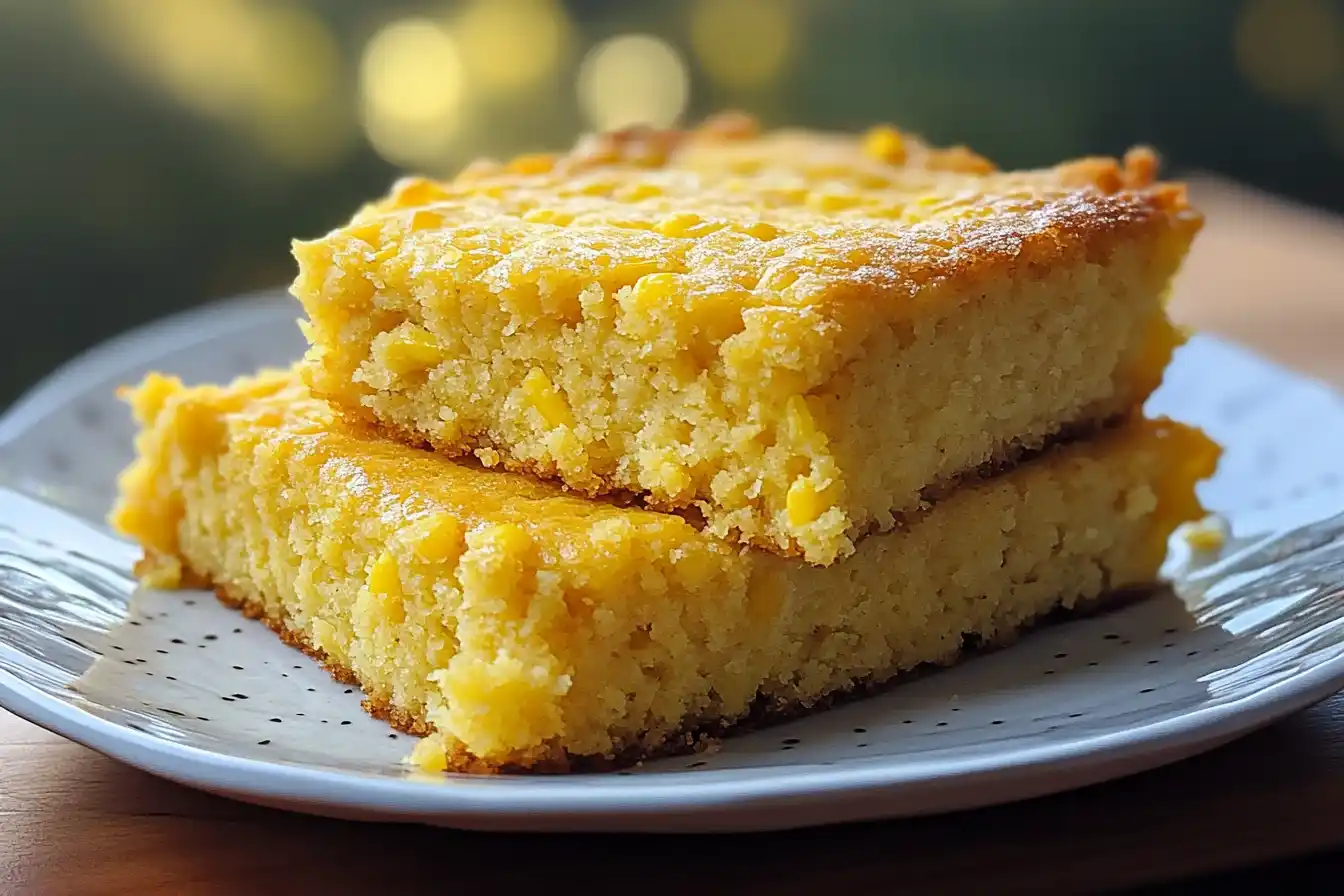

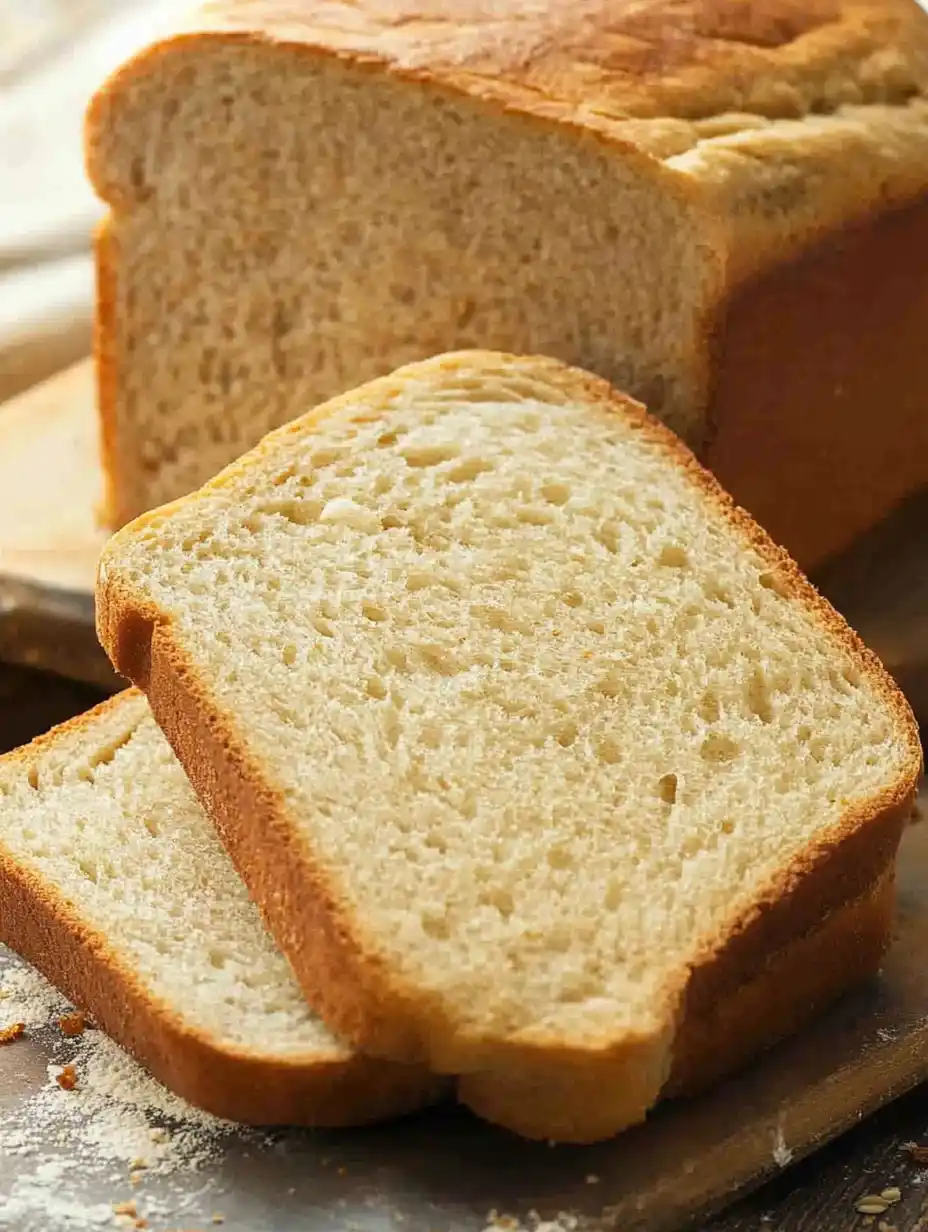


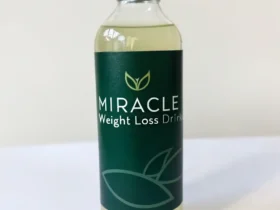






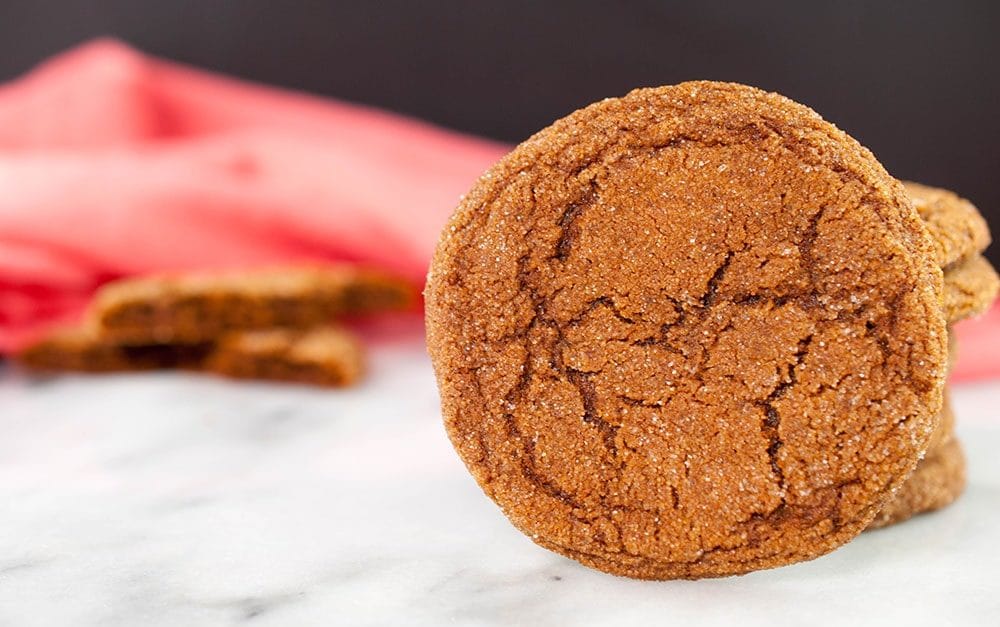
Leave a Reply